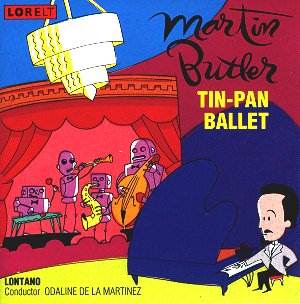 Composer: Sergei Rachmaninov
Composer: Sergei Rachmaninov
Works: Piano Concerto No. 3 in D minor; Sergei Prokofiev, Piano Concerto No. 2 in G minor
Performers: Shura Cherkassky, piano; BBC Symphony Orchestra/Rudolf Schwarz (Rachmaninov); London Philharmonic Orchestra/Kent Nagano (Prokofiev)
Recording: Rachmaninov recorded Royal Festival Hall, London, 11th December 1957; Prokofiev recorded Royal Festival Hall, London, 2nd May 1991
Label: BBC Legends BBCL4092-2
The juxtaposition of Rachmaninov’s Piano Concerto No. 3 and Prokofiev’s Piano Concerto No. 2 on this release invites an exploration of the divergent emotional landscapes and technical demands of these iconic works. Rachmaninov’s concerto, with its lush, romantic gestures and virtuosic flair, stands in stark contrast to Prokofiev’s more dissonant, angular lines that reflect the turmoil of early 20th-century Russia. Cherkassky’s performances, recorded decades apart, encapsulate his singular artistry, revealing both the risks and rewards of live concert performance.
The Rachmaninov performance is characterized by its wild energy, albeit marred by the intrusive coughs and rustlings of a bronchitic audience that seem to distract from the music’s grandeur. Cherkassky, at that time already a seasoned performer, unleashes a dynamic range that oscillates between explosive power and delicate lyricism. However, the excessive fluctuations in tempo and dynamics, possibly exacerbated by the audience’s interruptions, lend the performance a fidgety quality. Notably, the finale suffers from significant ensemble issues, with two moments of disarray highlighted in the booklet notes. These erratic fluctuations contrast with the prevalent style of Rachmaninov interpretations, which typically favor a more cohesive and polished execution. The recording quality, while capturing the immediacy of a live concert, lacks the clarity and balance one might expect from modern standards, further detracting from the overall impact of the performance.
In stark contrast, the Prokofiev performance showcases a more refined execution, representative of the advancements in recording technology and orchestral cohesion by 1991. Cherkassky, then 81, displays a remarkable vitality that belies his age. The first movement cadenza is particularly striking, characterized by its overwhelming climactic energy that seamlessly transitions into the orchestral entry, a moment marked around 9:45 in Track 4. The technical challenges of the second movement are met with a virtuosity that conveys both speed and clarity, while the grotesque elements of the Intermezzo are deftly illuminated. Prokofiev’s orchestration, notably the striking tuba passages that punctuate the finale, are rendered with an incisive brilliance that brings the music’s unique character to the fore. The recording captures these details with impressive fidelity, allowing listeners to appreciate the nuanced interplay between soloist and orchestra.
Cherkassky’s interpretations of both concertos exhibit the traits of a performer who thrived on spontaneity. While the Rachmaninov may frustrate with its lack of polish and moments of chaotic ensemble, the Prokofiev shines as a testament to Cherkassky’s enduring artistry and the effective collaboration with the London Philharmonic Orchestra under Kent Nagano. The listener is rewarded with a profound experience that encapsulates the essence of both composers, revealing the highs and lows of a remarkable musician who turned every performance into an event. This recording serves not just as a document of Cherkassky’s legacy but also as a reflective prism through which the evolution of concert performance and recording standards can be examined.



